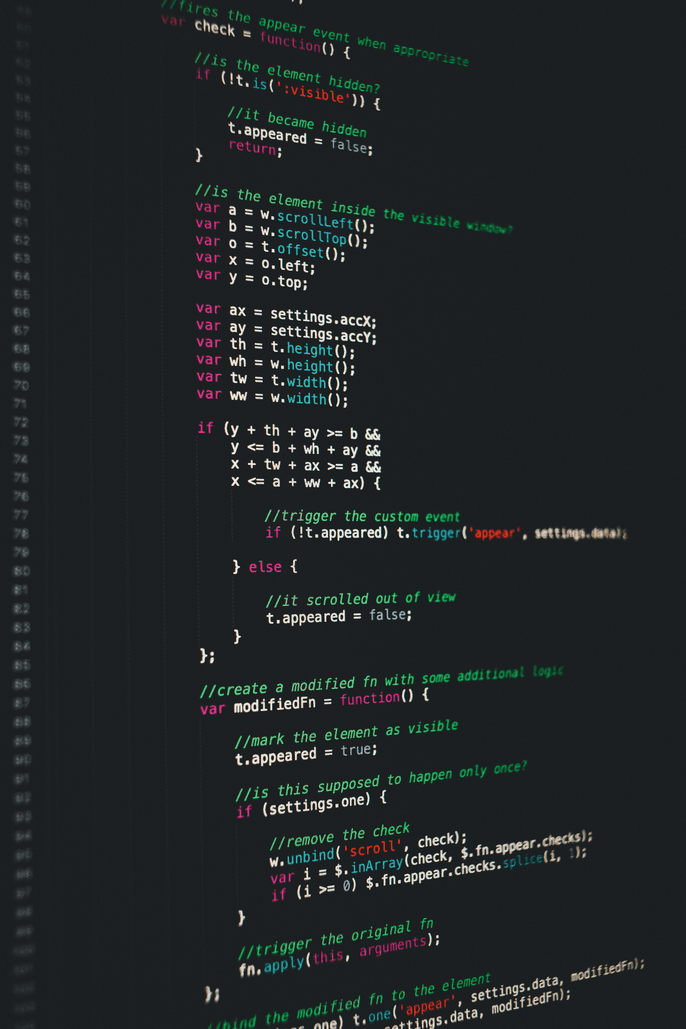
In today's fast-paced digital world, users expect applications to provide instantaneous updates and seamless interactions. Whether it’s for chat applications, live notifications, or real-time dashboards, the demand for real-time features is on the rise. Laravel, combined with WebSockets, offers a powerful solution for developers looking to build responsive applications that provide real-time data updates. In this article, we’ll explore how to leverage Laravel and WebSockets to create engaging real-time applications.
Understanding WebSockets
Before diving into the integration of Laravel and WebSockets, it’s important to understand what WebSockets are. WebSockets provide a persistent connection between the client and the server, allowing for two-way communication. Unlike traditional HTTP requests, which are request-response based, WebSockets enable servers to push data to clients without needing a new request from the client. This makes WebSockets ideal for real-time applications that require instant updates.
Setting Up Laravel for WebSockets
To build real-time applications with Laravel, you can use packages like Laravel Echo and Beyond Code's Laravel WebSockets. Here’s how to set up these tools:
-
Install Laravel Echo: Laravel Echo is a JavaScript library that makes it easy to work with WebSockets in Laravel. It provides a simple API for subscribing to channels and listening for events.
-
Install Laravel WebSockets: Beyond Code’s Laravel WebSockets package allows you to handle WebSocket connections directly within your Laravel application. It provides a simple way to set up a WebSocket server without needing a separate service like Pusher.
-
Configure Broadcasting: Laravel includes a built-in broadcasting system that allows you to broadcast events over WebSockets. You can configure broadcasting in your config/broadcasting.php file to use the pusher or websockets driver.
Creating Real-Time Applications with Laravel
With Laravel and WebSockets set up, you can start building real-time applications. Here are some common use cases:
-
Chat Applications: Building a real-time chat application is one of the most popular use cases for WebSockets. By using Laravel Echo and WebSockets, you can create chat rooms where messages are instantly delivered to users without refreshing the page.
-
Live Notifications: Implementing real-time notifications in your application enhances user engagement. For example, when a user receives a new message or alert, you can push a notification to their browser using Laravel’s broadcasting capabilities.
-
Real-Time Dashboards: Businesses often require real-time analytics and data visualization. By using Laravel and WebSockets, you can build dashboards that automatically update with the latest data, such as sales figures, user activity, or server status.
-
Collaborative Tools: Applications that involve collaboration, such as document editing or project management tools, can benefit from real-time updates. Laravel allows you to implement features where multiple users can interact with the same document or project simultaneously, seeing changes in real-time.
Implementing Real-Time Features
To implement real-time features in your Laravel application, follow these steps:
-
Create Events: Start by defining events in your Laravel application. Use the php artisan make:event command to create event classes that will be broadcasted over WebSockets.
-
Broadcast Events: In your event classes, implement the ShouldBroadcast interface. This allows Laravel to automatically broadcast the event when it is fired.
-
Set Up Channels: Define private or public channels in your routes/channels.php file. Channels determine which users can listen for specific events. For example, you might want to create a private channel for chat rooms.
-
Listen for Events: On the client side, use Laravel Echo to listen for events. When an event is received, you can update the UI dynamically. For instance, you can append new messages to the chat window without requiring a page refresh.
-
Testing and Deployment: After implementing the real-time features, thoroughly test your application to ensure that WebSocket connections are stable and messages are delivered promptly. When deploying, consider scaling your WebSocket server to handle increased traffic.
Challenges and Best Practices
While building real-time applications with Laravel and WebSockets offers numerous advantages, there are also challenges to consider:
-
Scalability: As your application grows, you may need to scale your WebSocket server to handle more connections. Consider using a load balancer or clustering your WebSocket servers to distribute the load.
-
Security: Implement security measures to protect your WebSocket connections. Use authentication to ensure that only authorized users can connect to private channels.
-
Fallback Strategies: In case of network issues, it’s important to implement fallback strategies. Ensure that your application can gracefully degrade to traditional HTTP requests if WebSockets are unavailable.
-
Monitoring: Monitor your WebSocket connections and performance. Use tools to track connection counts, message delivery rates, and any errors that may occur.
Conclusion: Embracing Real-Time Capabilities with Laravel
Building real-time applications with Laravel and WebSockets empowers developers to create responsive and engaging user experiences. By leveraging Laravel Echo and Beyond Code’s Laravel WebSockets package, you can easily implement real-time features like chat, notifications, and collaborative tools.
As user expectations continue to rise, embracing real-time capabilities in your applications is essential. With Laravel’s robust framework and the power of WebSockets, you can build modern applications that meet the demands of today’s users and stay ahead in the competitive digital landscape.


